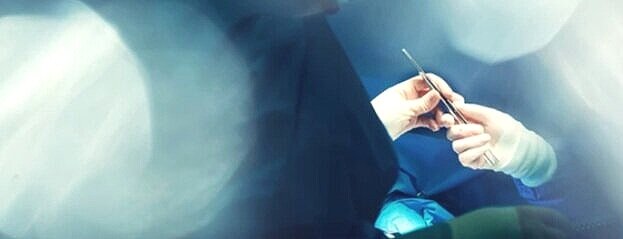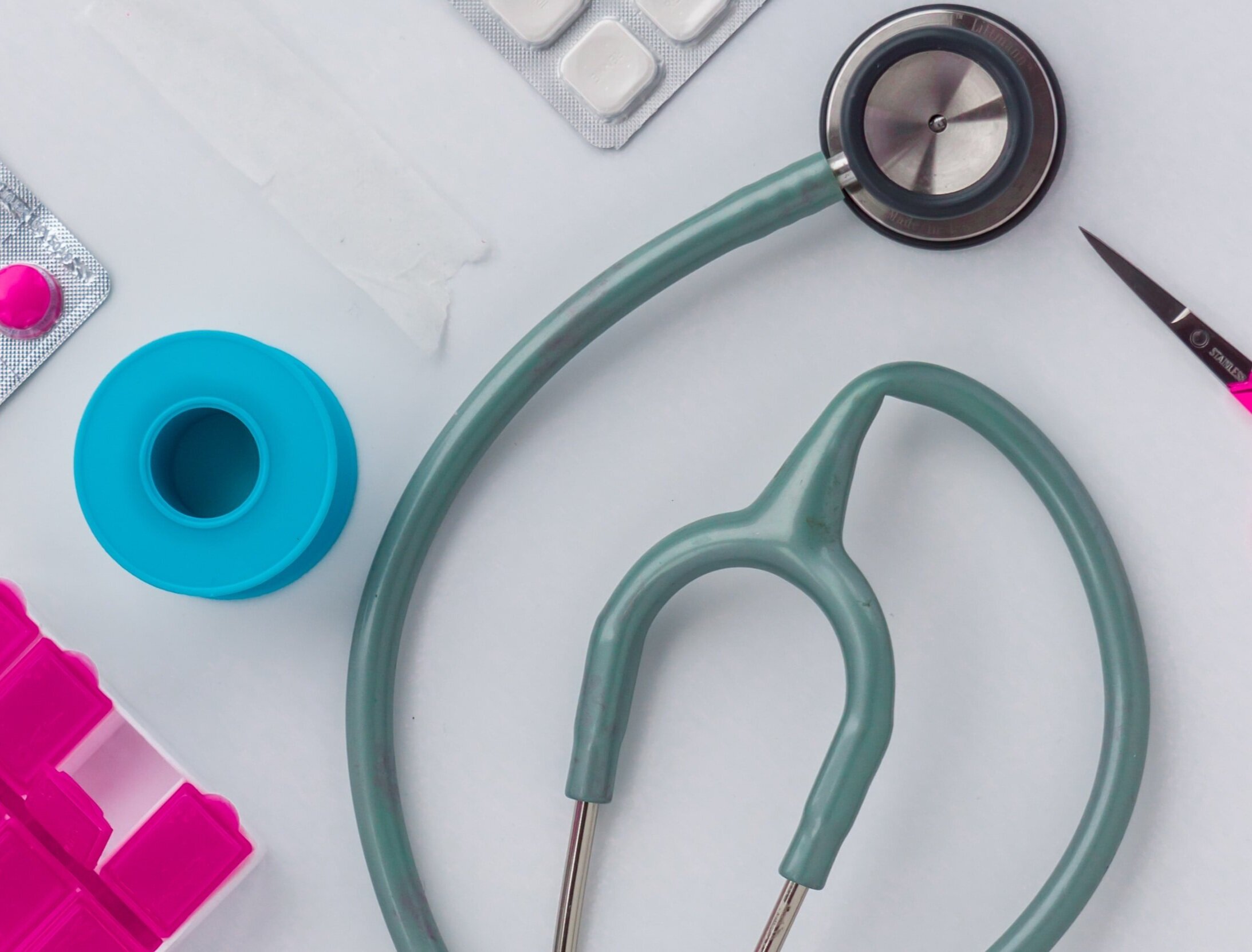
Hernia Surgery
A hernia is usually treated with surgery.
The aim of hernia surgery is to close or bridge the gap (defect) through which a hernia occurs.
How is hernia repair surgery performed?
In general, a hernia repair involves placing the contents protruding through the hernia back into the abdomen.
The hernia defect (gap) is then closed with stitches to prevent future protrusion.
A mesh may be placed to strengthen the repair. In some cases, where the gap is too big and cannot be closed with stitches, mesh may be used to bridge the gap and form a barrier to hernia protrusion.
How a hernia is repaired depends on its location, size, your age and medical history. A hernia can be repaired using keyhole (laparoscopic) surgery or traditional open surgery.
In open surgery, a cut (or incision) is made over the hernia site. The size of the incision is approximately the size of the hernia. The hernia is then repaired as described above.
In keyhole surgery, the size of the incisions is smaller. The surgery is performed with a thin telescopic camera (known as a laparoscope) inserted through a small incision. The operative space is inflated with harmless gas (carbon dioxide), which allows the surgeon to see what is required. Additional small incisions are made at other sites on the abdomen to allow keyhole operative instruments to be inserted into the operative space. The hernia repair is then performed with these keyhole instruments in a similar manner as described above.
The benefits of keyhole surgery are smaller incisions, less pain and often faster recovery after surgery (due to the smaller incisions).
Can my hernia be repaired with keyhole surgery?
Many hernias can be repaired with keyhole surgery. However, not all hernias can (or can safely) be repaired with keyhole surgery.
Some reasons why keyhole surgery may not be appropriate include:
very large hernia size (especially with groin hernia)
if you have had previous surgery in the abdomen (including previous hernia surgery)
if you are on blood thinning medication
advanced age
Before the procedure
No specific preparation is required before hernia surgery. However, things you can do to make the surgery more successful include:
Lose excess weight. This will reduce pressure on the hernia repair and improve long term success.
Stop smoking for at least 4 weeks. This is recommended because smoking prevents wound healing.
Hernia surgery is usually performed under general anaesthesia. You will need to have an empty stomach before any surgery, to prevent vomiting during the procedure. You will be advised how long to fast (not eat or drink) before the surgery.
If you take medications, have allergies or other medical conditions, Dr Zhu can provide individualized advice regarding this prior to the procedure.
After the procedure
Most patients are able to go home 1 day after a hernia repair. In some cases, hernia repair can be performed as a day procedure (i.e. go home the same day). Following surgery for a very large hernia, it may take a few days for a patient to feel comfortable to go home.
Some discomfort is to be expected after hernia surgery. How much and how long this lasts depends on the size of your hernia and your personal pain sensitivity. For most people, discomfort should be minimal after 1-2 weeks. You will be provided with painkillers upon hospital discharge. Some painkillers can cause constipation. As such, you will also be provided with stool softeners to prevent constipation.
To encourage optimal results, it is recommended that patients do not drive for 2 weeks and do not perform any heavy lifting (i.e. nothing more than 5kg) or strenuous exercise for 6 weeks following hernia surgery.
Risks
Hernia surgery is generally very safe. However, any operation has possible risks or complications.
Possible risks associated with any surgery include:
Bleeding
Infection
Blood clots. These may develop because you are under anaesthesia and do not move during the surgery time. Preventative anti-clotting medication may be administered during your hospital stay.
Possible risks associated with hernia surgery include:
Seroma (a collection of body fluid in the space where the hernia contents used to be). This usually improves on its own.
Pain. Chronic pain may occur after groin hernia surgery. All people have nerves in the groin hernia area. Sometimes, irritation or damage to these nerves can cause chronic pain in the groin.
Injury to the blood vessels and other structures to the testes. These structures lie in the area of a groin hernia. This is applicable to males undergoing groin hernia surgery
Injury to abdominal organs. Abdominal organs that protrude through a hernia are at risk of injury when the hernia is operated on. They are also at risk with certain types of keyhole hernia surgery.
Inability to pass urine after surgery. This is common after groin hernia surgery and usually improves on its own within 24 hours. In some instances, a thin tube (known as a catheter) may need to be placed into the bladder to allow passage of urine. This is a temporary measure and usually removed in 24 hours.
Recurrence (i.e. the hernia coming back)




